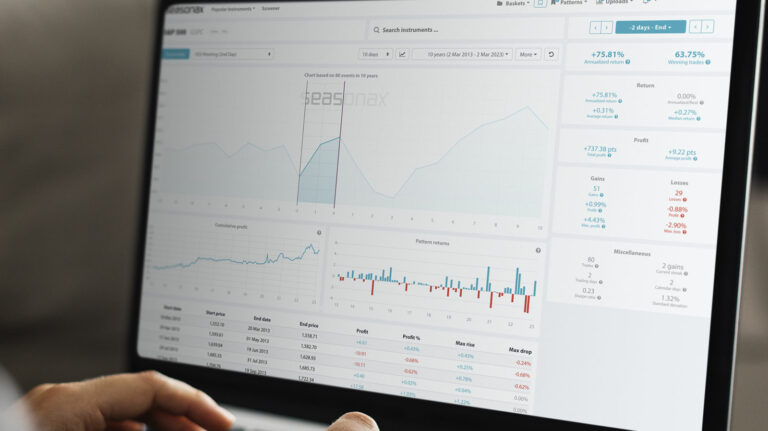Dear Investor,
During the month of October, we, as investors, are still in a peculiar state of mind. Although we have almost survived the dangerous season (that led to a couple of hiccups), we are still waiting for the year-end rally and the markets finally increasing in prices at a high pace. While we are doing so, we still take a rather risk-averse approach which might be a bit more cautious than towards the end of the year. Therefore, we tried to identify an industry that shows stable, and fairly reliable returns in October.
Sales Prices Can Rise by 15%
The car manufacturing industry normally exhibits two peak seasons. Sales are regularly highest in spring and fall. For obvious reasons we are concerned with the increase in fall. The rise in sales during this period is mostly attributed to the release of new models, especially in the U.S. and European market. These car manufacturer are of such immense size, that they have extreme market power and are able to influence the overall demand levels. Extensive marketing measures in combination with these product launches not only have an impact on the newly launched models, but also on the general level of sales. Especially 4×4 sport utility vehicles (and mostly in the U.S.) are responsible for increasing sales up until November. December trough to February, in turn is the weakest period to invest.
Seasonal Analysis with Seasonax Web App
By using our web browser based application, we could easily carry out a seasonal analysis of single stocks and indices to see, whether the alleged trends in spring and fall show any potential investment opportunities.
The first company we have analyzed is German car manufacturer Daimler AG. While it is clear that the company is currently going through a harsh period, it is also evident that its seasonal trend has been stable in fall for the last 10 years.
However, we would like to emphasize at this point, that there is a need to further analyze the stocks that have exhibit seasonal trends in the past. Seasonal analysis is a great way of checking on general trends, but when optimizing your portfolio you should consider economic and political climate of the specific sectors among various other factors. For instance, the discussions about driving bans in Germany and the consequences of the diesel affair burdened the car manufacturers, especially the German ones.

Daimler shows a consecutive growth for more than 10 years.
Source: Seasonax Web App
In the respective time period (10 years) Daimler has shown extraordinary 100% Winning Trades. The pattern is from October 4th to October 21st and shows remarkable Annualized Return of 263.93%.
The second manufacturing company in our analysis is General Motors. In the examined time-period from September 28th until October 5th, General Motors exhibits a very strong 85.71% Winning Trades, incurring losses only in 2013. Not only the frequency is exceptional in this seasonal pattern, the annualized return of more than 1000% due to the short time period is truly remarkable. As already mentioned, the car industry in 2018 was hit hard but General Motors still managed to confirm the seasonal trend.

General Motors exhibits extreme seasonal trends in October.
Source: Seasonax Web App
Don’t rely purely on seasonal analysis
There are more examples that follow this trend (BMW, Fiat Chrysler, Changan). They illustrate that there is a seasonal trend that can be regarded when looking for profitable investment opportunities during fall.
However, don’t forget to take the further analysis and to consider economic and political climate of the specific sectors among various other factors to form your decision.
If you do want to carry out seasonal analysis, the simplest way is to go online and check some of our free patterns at app.seasonax.com! You can improve on your investment, with just two simple clicks!


